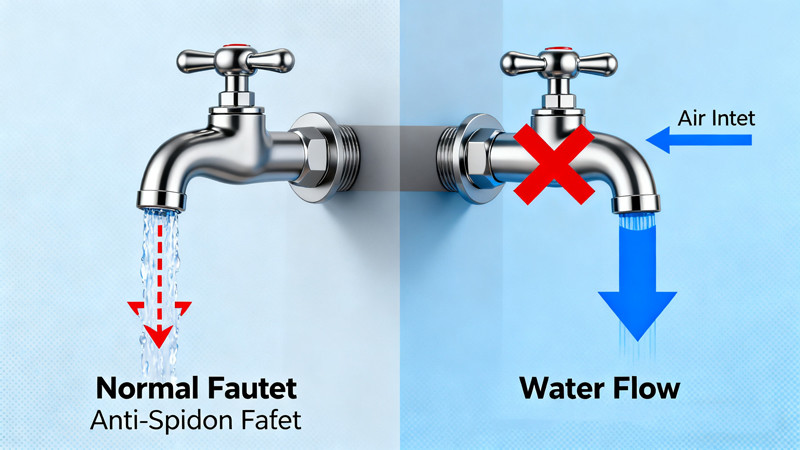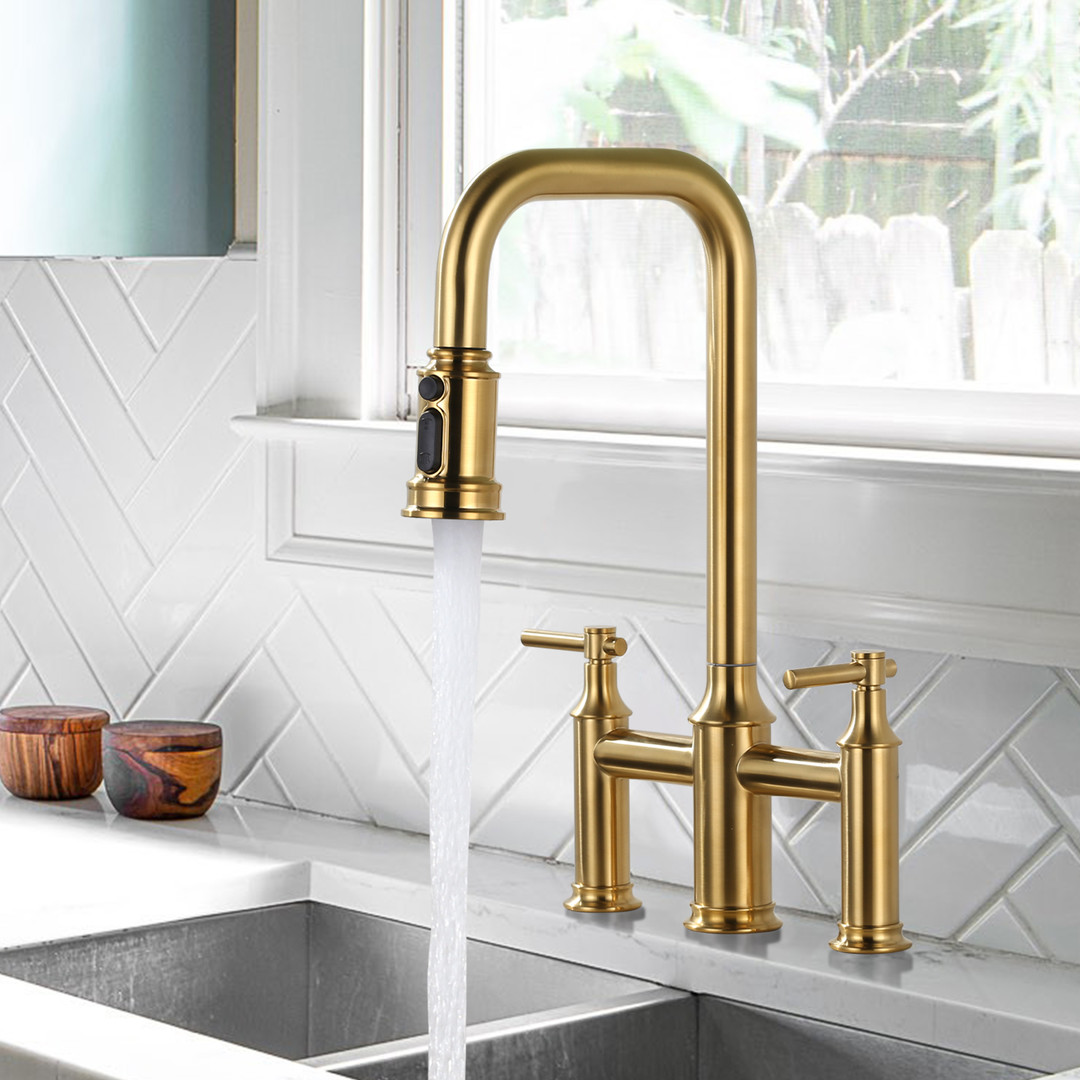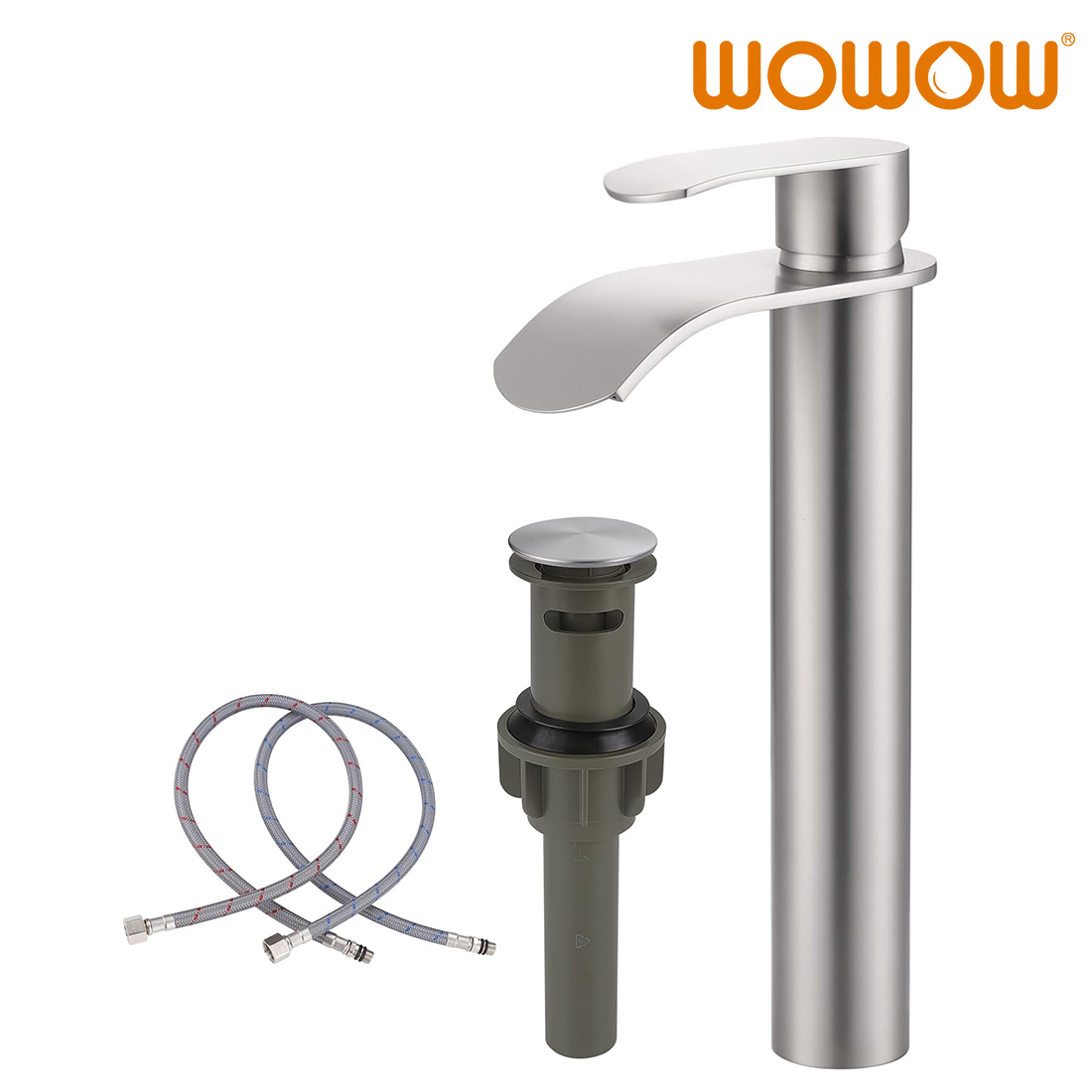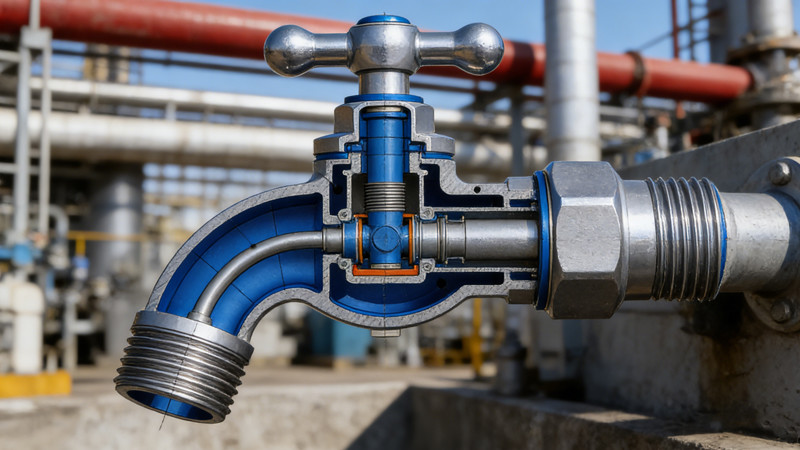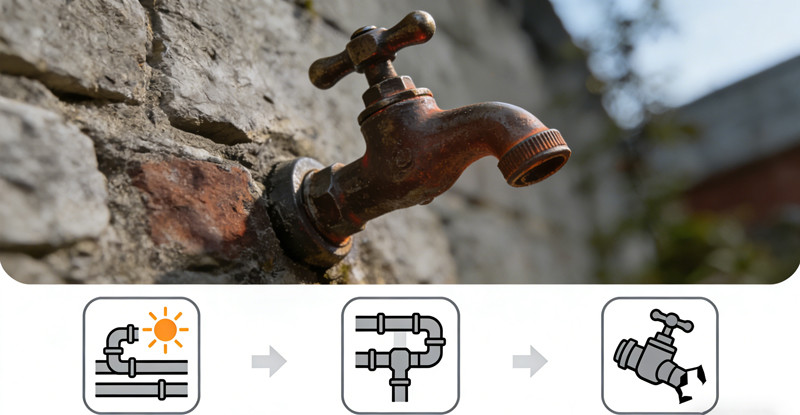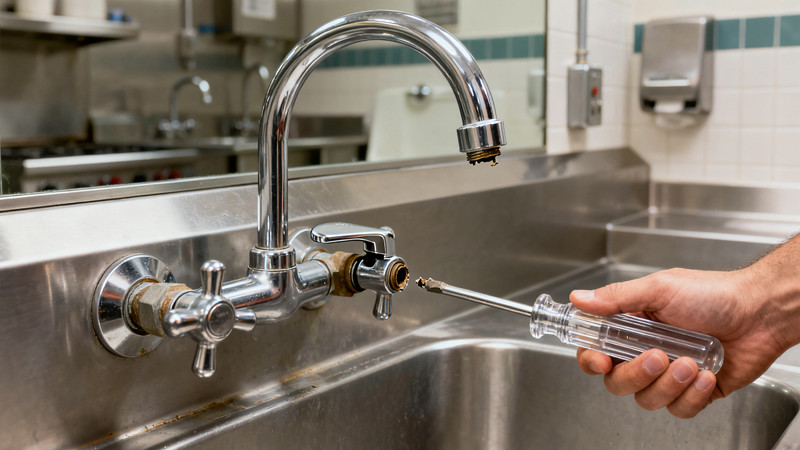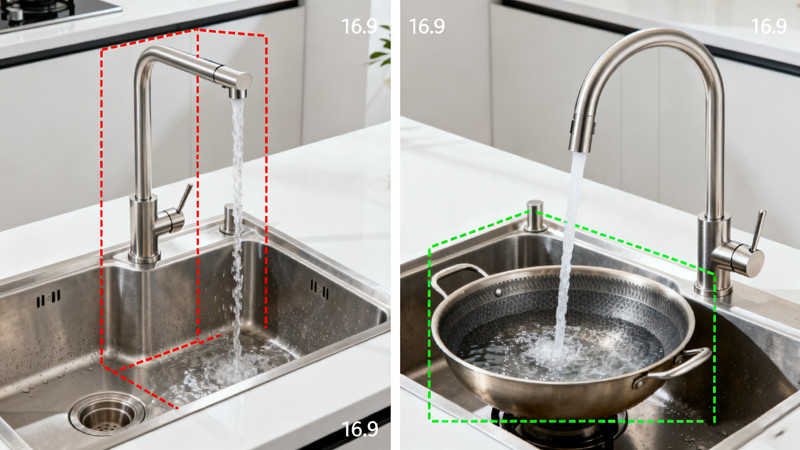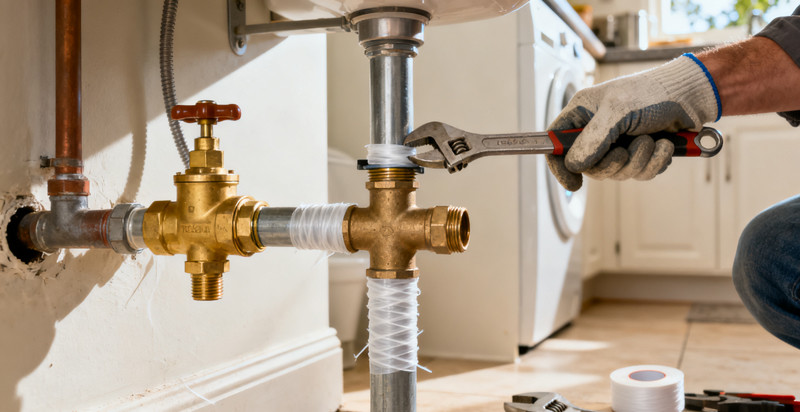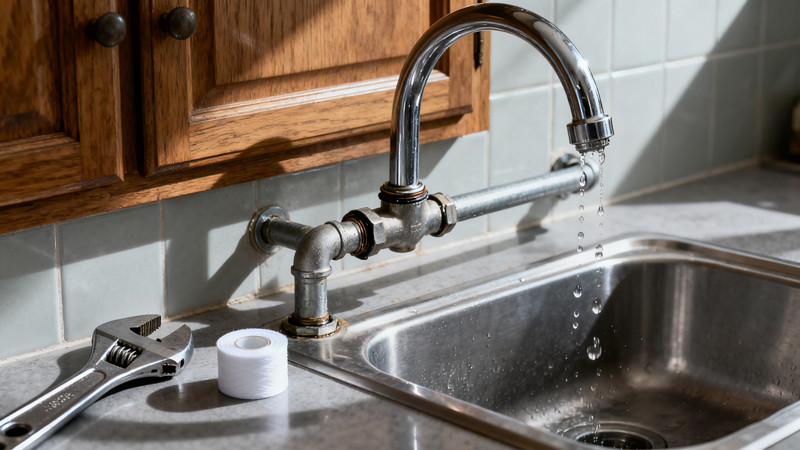When it comes to protecting your home’s water supply, few components are as important as the faucet. While most people focus on style, finish, or water flow, there’s one crucial safety feature that often goes unnoticed — the anti-siphon mechanism. Anti-siphon faucets are designed to prevent contaminated water from flowing back into your clean water system, offering both safety and peace of mind. Whether you’re using an outdoor spigot, garden hose, or utility sink, understanding the benefits of anti-siphon faucets can help you make smarter choices for your plumbing system.
What Is an Anti-Siphon Faucet?
An anti-siphon faucet, sometimes called a backflow-prevention faucet, includes a built-in device that stops dirty or contaminated water from being drawn back into the clean water supply. This feature is essential for protecting drinking water from pollutants, chemicals, or bacteria that might be present in hoses, sprinklers, or outdoor environments.
The term ‘siphon’ refers to the process where water is pulled backward through a hose or pipe due to changes in pressure. For example, if your home experiences a sudden drop in water pressure — perhaps from a burst pipe or fire hydrant use nearby — it can create a suction effect that draws water from attached hoses back into the main water line. If that hose happens to be lying in a puddle of dirty water or connected to a pesticide sprayer, contaminants could enter your household water system. An anti-siphon faucet prevents that from happening.
How Anti-Siphon Faucets Work
The secret behind these faucets lies in the integrated backflow prevention valve. This valve allows water to flow in only one direction — out of the faucet — while automatically closing if any reverse flow or negative pressure occurs. The design typically involves a small air gap or vacuum breaker mechanism that interrupts the potential siphon effect.
In simple terms, an anti-siphon faucet ‘breaks the vacuum’ if pressure drops, stopping contaminated water from traveling backward. The result is a safer, cleaner water system that complies with plumbing codes and public health standards. In many regions, anti-siphon faucets are now required by building regulations for outdoor installations.
Key Benefits of Anti-Siphon Faucets
1. Protects Your Drinking Water Supply
The most important benefit of an anti-siphon faucet is protecting your home’s potable water. Outdoor hoses are often exposed to dirt, fertilizers, car wash chemicals, or garden pesticides. Without a backflow prevention device, these contaminants can easily be drawn back into your pipes if pressure drops. Anti-siphon faucets act as a barrier, ensuring that whatever is outside stays outside — keeping your family’s drinking and cooking water safe.
2. Prevents Costly Plumbing Contamination
Water contamination isn’t just a health issue — it can also be an expensive one. If pollutants enter your plumbing system, you may need professional cleaning or even pipe replacement to restore safe water conditions. Installing or upgrading to an anti-siphon faucet can save you from these costly repairs by eliminating the risk of cross-contamination in the first place. It’s a small investment with long-term savings.
3. Complies with Modern Plumbing Codes
Many local and national plumbing codes now require anti-siphon protection for exterior faucets, hose bibs, and irrigation systems. Compliance isn’t just a matter of avoiding fines — it ensures your plumbing system meets safety standards recognized by health authorities. If you’re replacing an old faucet or building a new home, choosing an anti-siphon model ensures you meet regulations from the start and prevents potential issues during inspection.
4. Enhances Outdoor and Garden Safety
Garden hoses are one of the most common sources of backflow contamination. They often end up submerged in buckets, ponds, or muddy soil — all potential breeding grounds for bacteria and chemicals. Anti-siphon faucets prevent these substances from ever reaching your home’s main water lines. Whether you’re watering your plants, washing your car, or filling a pool, you can use your outdoor faucet with confidence knowing your water system is protected.
5. Easy to Maintain and Long-Lasting
Anti-siphon faucets are designed for convenience and durability. Most models require little to no maintenance beyond regular cleaning and winterizing. The built-in vacuum breaker is usually made from corrosion-resistant materials such as brass or stainless steel, ensuring years of reliable performance. If the anti-siphon device ever fails, it can often be replaced individually without needing to replace the entire faucet.
6. Reduces Risk in Irrigation and Sprinkler Systems
If you have a lawn irrigation system or connect your outdoor faucet to a sprinkler, an anti-siphon faucet is absolutely essential. Sprinkler heads often sit near soil, fertilizer, and debris — all of which can be drawn into your home’s plumbing during a sudden pressure drop. Anti-siphon faucets act as the first line of defense, ensuring your irrigation system doesn’t compromise your indoor water quality.
7. Provides Peace of Mind
Knowing that your water supply is protected 24/7 provides unmatched peace of mind. Even if you forget to disconnect a hose or leave it lying in a puddle, you won’t have to worry about contamination risks. It’s one of those behind-the-scenes upgrades that quietly improves your home’s safety and reliability without any extra effort on your part.
Where Anti-Siphon Faucets Are Most Useful
Anti-siphon faucets are beneficial in nearly every setting, but some locations particularly require them:
- Outdoor garden spigots: Often connected to hoses, sprinklers, or outdoor cleaning tools.
- Garage or workshop sinks: Where chemicals, oils, and cleaning products are used.
- Lawn irrigation systems: To protect from soil or fertilizer backflow.
- Utility rooms or laundry areas: Where temporary hose connections can introduce contamination risk.
In commercial or industrial settings, anti-siphon valves are also used to meet strict water safety regulations and prevent contamination in large-scale systems.
Tips for Choosing and Installing an Anti-Siphon Faucet
When selecting an anti-siphon faucet, look for products that meet recognized standards such as ASSE 1011 (for hose connection vacuum breakers) or ASSE 1019 (for frost-proof wall hydrants with backflow protection). Brass models tend to be the most durable and resistant to wear. If you live in colder climates, choose a frost-free anti-siphon faucet to prevent freezing and cracking in winter.
Installation is usually straightforward — most anti-siphon faucets fit standard outdoor plumbing connections. However, for older homes, a plumber can retrofit a vacuum breaker onto an existing faucet to provide similar protection without a full replacement.
Conclusion
While faucet design often focuses on style or finish, true quality lies in safety and functionality. Anti-siphon faucets are a small but powerful upgrade that protect your home’s most vital resource — clean water. They prevent dangerous backflow, comply with modern plumbing codes, and offer peace of mind that your household water supply remains pure and safe. Whether for your garden, garage, or home exterior, installing an anti-siphon faucet is one of the simplest yet most effective ways to secure your plumbing system for years to come.
 WOWOW Faucets
WOWOW Faucets